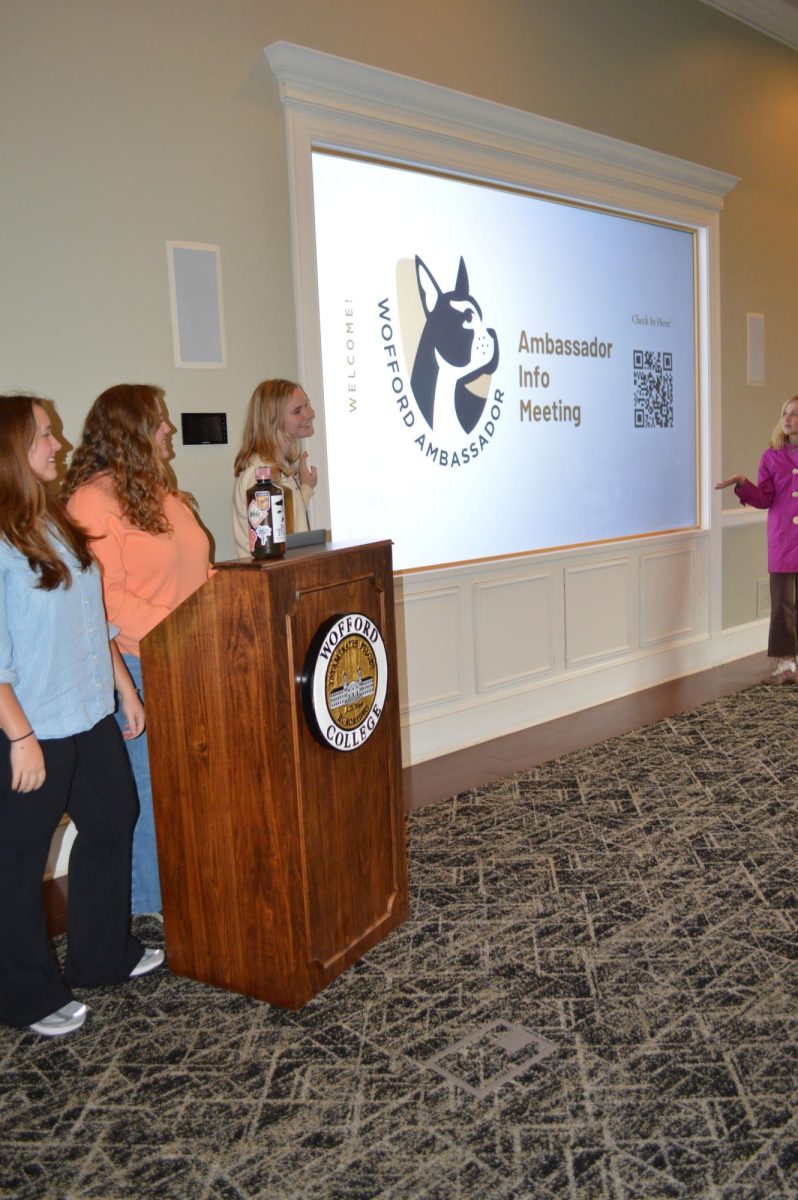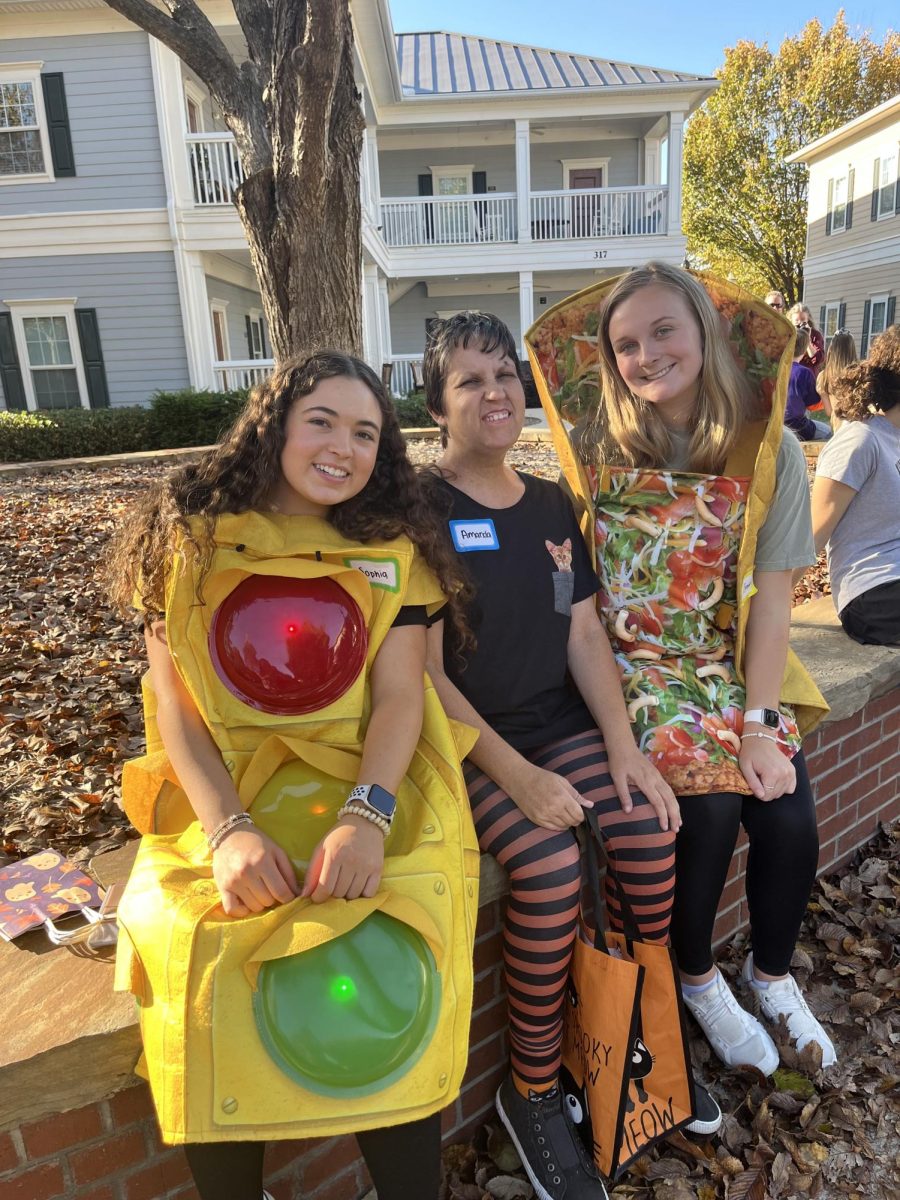By: Katherine Waters, Staff Writer
The use of trigger warnings- notices that a subject may come up that could cause anxiety or distress for a student- has become a national debate across many college campuses, sparking a conversation about mental health and how it works in conjunction with freedom of speech and non-censorship.
Most recently, the University of Chicago has broadcasted their stance on the issue, which included a note to first-year students that they should not expect to be given trigger warnings in a classroom. Naturally, some have supported this action while others have criticized it. Wofford has not taken an official position on the debate, allowing individual professors to determine how to cover potentially upsetting subjects.
“I don’t have a formal policy [on trigger warnings]” says Dr. Natalie Grinnell, Wofford English professor. “However, I let first-year students know that we will be discussing adult topics, some of which may not have come up in high school and a few of which may make students feel uncomfortable… In upper-level classes, I will warn a class if a reading is particularly unusual: unusually graphic in some way that may not be what they’ve come to expect from readings for that particular kind of course.”
One argument that some make against trigger warnings is that they will not be provided in everyday life beyond graduation. Those that take this stance say that college students should get used to dealing with distressing subjects while they are in college, but others claim that warnings are useful, if not necessary, in any environment.
“I think that there are trigger warnings in movie theaters, in newspapers, news reports, etc.” says English professor Dr. Kimberly Rostan. “If being in a college atmosphere means we think about how the person across from us is feeling, it wouldn’t hurt for the real world to look a little more like that, would it? If you walked into my house and I showed you a photo of a person in extreme pain, or related some horrible news to you, I’d certainly do you the basic courtesy of letting you know what was coming.”
Multiple studies have been executed in an attempt to discover if trigger warnings are truly helpful for students or if they cause more harm than good. Unfortunately, the results vary and don’t give a clear answer. Grinnell says that although warnings can be okay for students who experience real distress, being shocked or uncomfortable can lead to intellectual and personal growth.
“I think the classroom should be a space where ideas, even dangerous, uncomfortable ideas, can be examined, tackled and debated. It’s not really clear to me how shocking someone leads to thoughtful intellectual engagement. That doesn’t mean that I censor shocking literature; I don’t. Sometimes, the only way to grow is to be made uncomfortable, even unhappy.”
Some students may feel uncomfortable talking to a faculty or staff member about their desire for a trigger warning. Rostan says that there are a variety of options to alert a professor, all up to the discretion of the student.
“However it is most comfortable for that particular student— email, consult through someone at the Wellness Center if they are more comfortable with that, have a friend come with them to speak to me… I’m open to whatever gesture the student feels comfortable making.”
Besides asking for a warning in the classroom, students should know that there are resources available to help them address the issue that is causing anxiety or distress. Counselor Perry Henson explains that the Wellness Center on campus is always open to students who need help with handling a traumatic situation.
“In counseling, we can work with a student on individual situations, providing treatment and developing coping skills to address the particular issue causing the trigger. In counseling, a trigger is referred to as something that sets off a memory or flashback to the event of a trauma. We work with students to help decrease their response to these triggers.”
With the conversation about mental health opening up on Wofford’s campus, the debate on trigger warnings in a classroom may soon become more prevalent among students. It is up to a collaboration between the professor, student and potentially outside staff members to decide the best way to deal with the subjects in a way that provides the best possible learning environment.






























